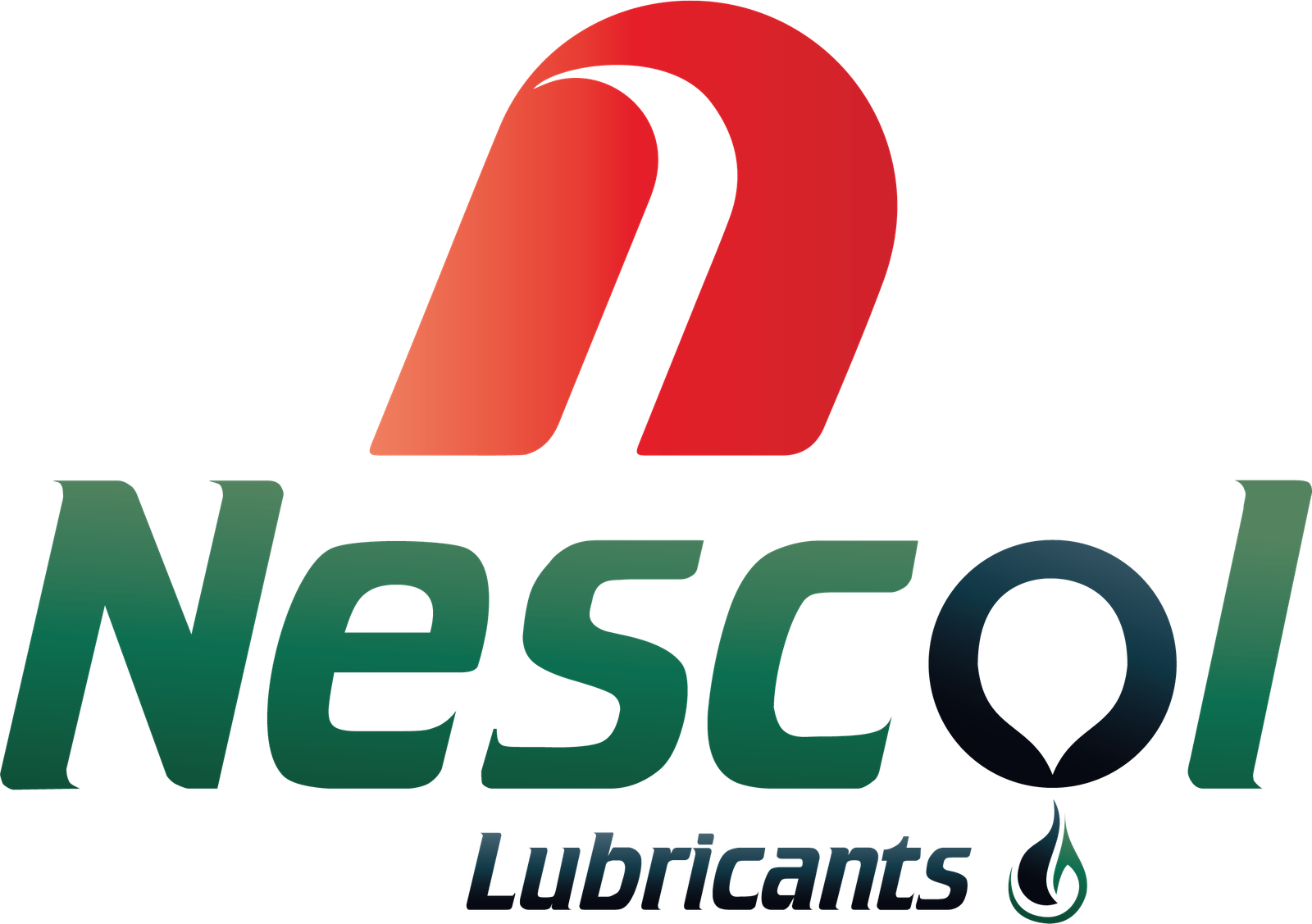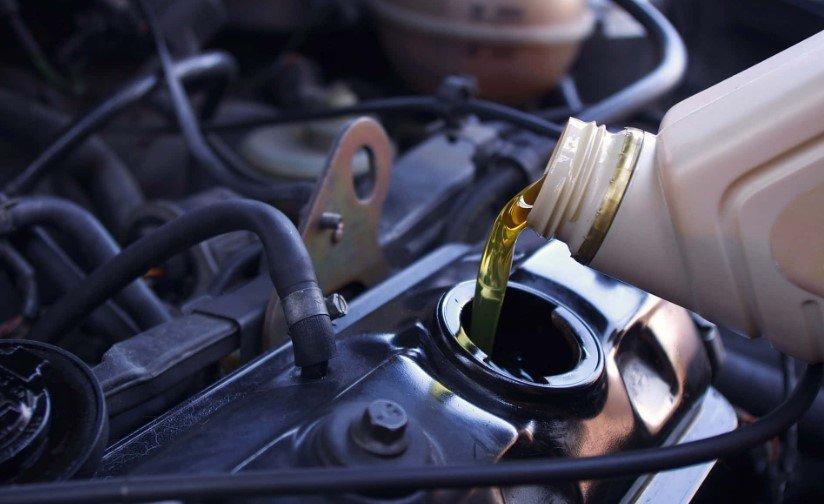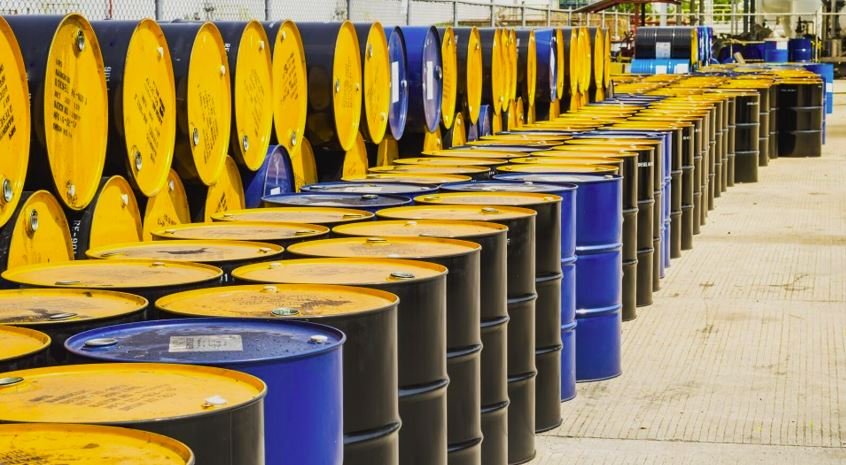The United Arab Emirates’ automotive landscape is a dynamic fusion of power and pragmatism. Amidst the roar of supercars, a strategic shift towards sustainable and cost-effective mobility is gaining momentum. Compressed Natural Gas (CNG) vehicles are becoming a common sight, championed by fleet operators and individual drivers alike for their economic and environmental benefits. However, this transition harbours a critical, often overlooked secret: the engine beating under the hood is fundamentally different. Treating it with conventional lubricants is one of the most expensive mistakes a vehicle owner can make.
The unique synergy of CNG combustion dynamics and the UAE’s punishing climate creates an engineering challenge that demands a specialized solution. This definitive guide delves deep into the molecular science of CNG engine oil, explicates why the UAE environment is a key variable in the lubrication equation, and provides a actionable framework for selecting and maintaining the optimal oil for your vehicle.
The CNG Engine - A Thermodynamic Paradigm Shift
To understand the oil, we must first master the mechanics. A CNG engine operates on principles that create a harsher internal environment compared to its petrol or diesel counterparts.
The Combustion Chemistry: High Heat and “Dry” Fires
Natural Gas (Methane, CH₄) has a higher octane rating (120-130) than petrol, allowing for higher compression ratios and more advanced ignition timing. This leads to more complete combustion but also generates significantly higher in-cylinder temperatures—often by 100°C or more.
Technical Impact: This thermal overload attacks conventional engine oil, accelerating a process called oxidation. Oxidized oil thickens, forms varnish on pistons and valves, and loses its lubricity, leading to increased friction and wear. The high heat also “cracks” the oil’s molecular structure, reducing its viscosity and film strength.
Furthermore, CNG is a “dry” fuel. Petrol, in its liquid form, provides some upper-cylinder lubrication as it washes over the valves and guides. CNG offers no such benefit, leading to increased valve seat recession (VSR)—a condition where the hot exhaust valves literally pound themselves into the cylinder head, destroying the seal.
Contamination Profile: Methane Slip and Nitric Acid
Unlike diesel engines that contend with soot, CNG engines face a different set of contaminants.
Fuel Dilution (“Methane Slip”): Unburned methane gas can seep past the piston rings into the crankcase. This thins the engine oil, a phenomenon known as fuel dilution. Thinned oil has reduced viscosity, compromising the critical oil film that separates moving parts and leading to metal-on-metal contact.
Nitric Acid Formation: The extreme combustion temperatures cause atmospheric nitrogen and oxygen to combine, forming Nitrogen Oxides (NOx). These gases also blow by into the crankcase, where they mix with condensation to form nitric acid. This highly corrosive acid attacks bearing surfaces, piston rings, and other engine components.
The UAE Multiplier Effect - An Environment of Extremes
The inherent challenges of a CNG engine are magnified exponentially by the local conditions. A CNG engine oil UAE formulation is not a luxury; it is a operational necessity.
Ambient Thermal Load: The UAE’s summer temperatures, consistently exceeding 45°C, create a massive external heat load. The engine’s cooling system is already stressed managing the high internal combustion temperatures. This dual assault pushes oil temperatures beyond the safe operating window of many standard lubricants, causing rapid thermal breakdown.
Abrasive Particulate Invasion: The fine, silica-based sand and dust ubiquitous in the region are highly abrasive. If an oil’s dispersant package is inadequate, these particles can remain suspended in the oil, acting as a grinding compound that accelerates the wear of camshafts, lifters, and cylinder walls.
Severe-Duty Driving Cycles: The operational profile of many UAE CNG vehicles—taxis idling in Dubai traffic, delivery vans making constant stops in Abu Dhabi, or fleet vehicles running 24/7—constitutes “severe service.” Frequent short trips and extended idling prevent the oil from reaching and maintaining its optimal operating temperature, promoting sludge formation and moisture accumulation, which combines with NOx to form more corrosive acids.
The Anatomy of a Premium CNG Engine Oil
A premium CNG oil is a carefully engineered cocktail of high-performance base oils and a sophisticated additive package designed to counteract the specific threats outlined above.
The Base Oil Foundation
The foundation of any lubricant is its base oil, categorized by the American Petroleum Institute (API) into Groups I-V. Premium CNG oils use Group III (Hydrocracked), Group IV (Polyalphaolefins – PAO), or Group V (Esters) base stocks. These synthetic or semi-synthetic bases offer:
Superior Oxidation Stability: They resist thickening and sludge formation at high temperatures.
Lower Volatility: They resist evaporating in high heat, which reduces oil consumption and maintains viscosity.
Excellent Low-Temperature Fluidity: Ensuring quick oil flow at startup, even in the (relatively) cooler winter mornings.
The Critical Additive Package
This is where the real magic happens. The additive package is the “secret sauce” that defines a CNG-specific oil.
Anti-Wear (AW) Agents: Enhanced levels of compounds like Zinc Dialkyl Dithiophosphate (ZDDP) are crucial. They form a protective, sacrificial layer on metal surfaces like camshafts and valve trains, preventing scuffing and wear, especially critical for combating “dry” combustion and VSR.
Detergents and Dispersants:
Detergents are alkaline (high TBN – Total Base Number) additives that neutralize nitric and other acids, preventing corrosion.
Dispersants act like microscopic sponges, suspending soot, dust, and other insolubles to prevent them from clumping into sludge or abrasive deposits. They keep the contaminants in harmless suspension until the oil is drained.
Antioxidants: These additives slow the rate of oxidation, extending the oil’s service life and preventing the formation of tar-like varnish on engine parts.
Low-SAPS Formulation: This is a non-negotiable trait for a modern CNG oil. SAPS stands for Sulphated Ash, Phosphorus, and Sulphur.
Ash: Metallic detergent additives leave behind ash deposits after combustion. In a CNG engine, these deposits accumulate on piston crowns and spark plugs, causing hot spots that lead to pre-ignition (uncontrolled combustion), which can melt pistons and destroy engines.
A Low-SAPS oil meticulously balances effective detergency with minimal metallic content, drastically reducing this ash-related risk.
A Benchmark in Lubrication: The Nescol Lubricants Advantage
In a market saturated with claims, true expertise is demonstrated through formulation and field-proven performance. Nescol Lubricants has established itself as a leader by developing CNG engine oils that are not merely adequate, but are optimally engineered for the dual challenge of CNG technology and the Gulf climate.
The CNG-specific formulations from Nescol Lubricants are a testament to targeted engineering:
Proprietary Additive System: Their oils feature a bespoke low-SAPS additive package that provides superior acid neutralization (high TBN retention) to combat nitric acid corrosion, while leaving virtually no ash deposits to cause pre-ignition. This directly addresses the core failure modes of CNG engines.
Advanced Shear Stability: The polymer chains used in multi-grade oils (e.g., 5W-40) can be sheared apart under extreme stress, causing the oil to permanently lose viscosity. Nescol Lubricants utilizes advanced viscosity index improvers that resist mechanical shearing, ensuring the oil maintains its protective grade throughout the entire drain interval, a critical feature for engines under constant load.
Validated for Regional Contaminants: The dispersant technology in their formulation is specifically calibrated for the fine, abrasive silica dust of the UAE. It effectively encapsulates these particles, preventing them from causing wear, thereby protecting the engine’s internal components and extending its operational lifespan.
Choosing Nescol Lubricants is a decision grounded in technical specificity, offering drivers a robust defence mechanism tailored to their vehicle’s exact needs.
Comparative Analysis: CNG Oil vs. Conventional Oils
The following table provides a clear, at-a-glance comparison of how CNG-specific oil differs from conventional lubricants.
| Characteristic | CNG-Specific Engine Oil | Conventional Petrol Engine Oil | Conventional Diesel Engine Oil |
|---|---|---|---|
| Additive Package | Low-SAPS, High TBN, High AW | Moderate SAPS, Moderate TBN, Moderate AW | High SAPS (for soot control), Very High TBN |
| Ash Content | Very Low | Moderate | High |
| Key Contaminant Fought | Nitric Acid, Methane Slip | Fuel Soot, Gasoline Dilution | Soot, Fuel Soot |
| Primary Wear Concern | Valve Seat Recession, Oxidation | Low-Temperature Sludge, General Wear | Soot-Abrasion, Bore Polishing |
| Thermal Stability | Exceptional (for high temps) | Good | Very Good |
| Use in UAE CNG Vehicle | Recommended & Optimal | Not Recommended (Risk of pre-ignition) | Harmful (High ash causes engine damage) |
The Practical Driver's Guide: Selection, Pros, Cons, and Maintenance
How to Select the Right CNG Engine Oil in the UAE
Decode the Manual: Your vehicle’s owner manual is the first source of truth. Identify the recommended viscosity grade (e.g., 5W-30, 10W-40) and the required API service category (e.g., API SP for petrol, but look for CNG-specific mentions).
Scrutinize the Label: Do not rely on marketing jargon. The product label should explicitly state “For CNG/LPG Engines,” “Natural Gas Vehicle (NGV),” or “Low-Ash.” Look for official approvals from major engine manufacturers if applicable.
Prioritize Regional Expertise: A global brand without a Middle-East-specific formulation may not suffice. Brands like Nescol Lubricants, which invest in R&D for the region, offer a more reliable and effective solution.
Viscosity Consideration: While following the manual is key, in the relentless UAE heat, a slightly higher high-temperature viscosity grade (the “40” in 10W-40) can be beneficial for maintaining robust oil pressure and film strength under extreme thermal load. Consult a specialist for guidance.
Pros and Cons of Using Premium CNG-Specific Oil
Pros:
Extended Engine Life: Dramatically reduces wear on valves, pistons, rings, and bearings.
Prevention of Catastrophic Failure: Eliminates the risk of ash-induced pre-ignition, which can destroy an engine.
Optimal Performance: Maintains engine compression and power output by preventing VSR and deposit buildup.
Longer Drain Intervals (Potentially): While you should follow severe service schedules, a high-quality oil provides a greater safety margin, protecting the engine even if the interval is slightly exceeded.
Reduced Total Cost of Ownership: Higher initial cost is offset by fewer repairs, better fuel economy, and prolonged vehicle life.
Cons:
Higher Initial Cost: Premium synthetic CNG oils are more expensive per litre than conventional mineral oils.
Limited Availability: May not be as readily available at every generic auto parts store, requiring sourcing from specialized suppliers or dealers.
Essential Maintenance Regimen for UAE Drivers
Aggressive Oil Change Intervals: Adhere strictly to the “severe service” schedule in your manual. For most CNG vehicles in the UAE, this means an oil and filter change every 5,000 to 7,000 kilometres, regardless of a more lenient standard recommendation.
Invest in a Quality Filter: Always pair a premium oil with a high-efficiency, premium oil filter. A cheap filter can bypass or become clogged, rendering your expensive oil ineffective.
Weekly Fluid Checks: Make it a habit to check the oil level and condition every weekend. Look for signs of unusual thinning (fuel dilution) or darkening. Top up only with the same type and brand of oil.
Proactive Air Filter Service: Inspect the air filter every other oil change. A clean filter is your first line of defence against abrasive dust. Replace it more frequently than you would in a less dusty environment.
Conclusion: The Intelligent Investment for the Informed Driver
The shift to CNG is a smart, forward-thinking decision. Protecting that decision requires an equivalent level of intelligence and foresight. The engine in your CNG vehicle is a precision instrument operating in one of the world’s most demanding environments. Lubricating it with anything less than a purpose-built, high-performance CNG engine oil is a gamble with very poor odds.
By understanding the profound technical differences, acknowledging the critical role of the UAE’s climate, and selecting a scientifically formulated product from an expert brand like Nescol Lubricants, you move from being just a driver to being a savvy asset manager. You ensure peak performance, maximize your return on investment, and secure the peace of mind that comes from knowing your vehicle’s heart is protected by the most advanced lubrication science available. Don’t just top it off—engineer its longevity.


